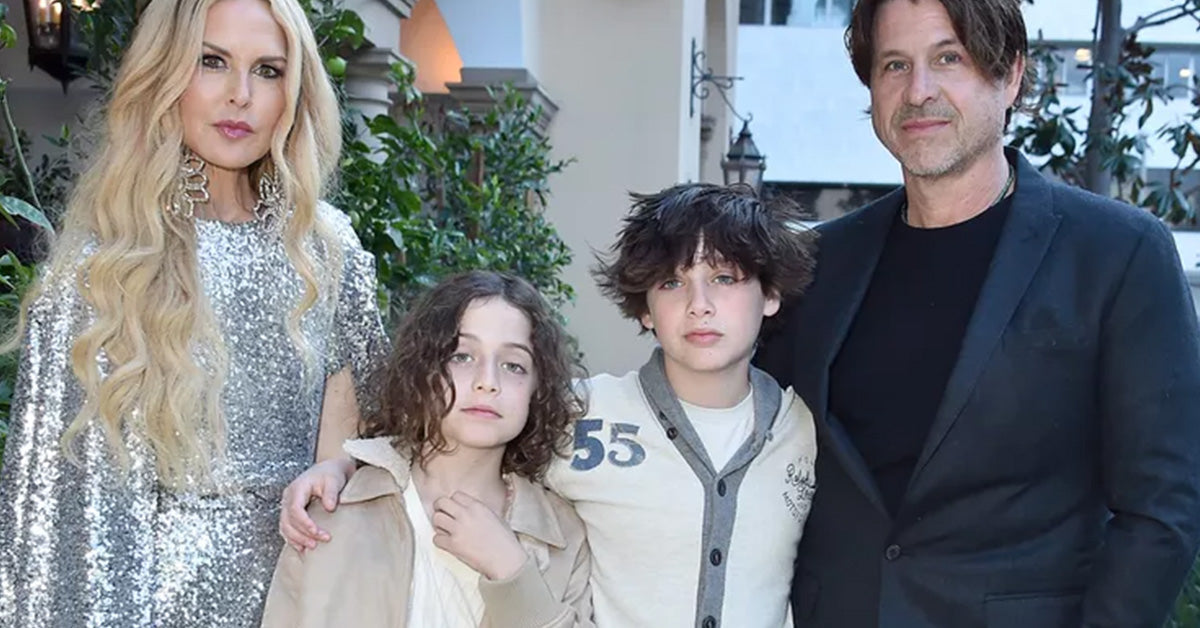The tuxedo is more than just a piece of clothing; it’s a symbol of elegance, sophistication, and timeless style. Whether worn at a black-tie event, a wedding, or a gala, the tuxedo remains a definitive staple in formal menswear. But what exactly is a tuxedo, and how has it become the fashion icon we know today? In this article, we’ll dive deep into the history, components, variations, and cultural significance of the tuxedo.
Understanding the Tuxedo: What It Really Is
A tuxedo, often referred to as a dinner jacket, is a formal suit designed for evening wear. What sets it apart from regular suits is its distinctive features, such as satin or grosgrain lapels, matching satin-striped trousers, and a bow tie. Traditionally, tuxedos are worn with a white dress shirt, a black bow tie, and polished black shoes, making them the epitome of refined attire.
The tuxedo is most commonly associated with black-tie dress codes, which are a level below the more formal white-tie dress code. While the traditional color of a tuxedo is black, modern interpretations come in a variety of colors and styles, offering greater flexibility while maintaining its formal essence.
A Brief History of the Tuxedo
The origins of the tuxedo can be traced back to the late 19th century. It was first introduced in 1865 by Henry Poole & Co., a renowned Savile Row tailor in London, who designed a short evening jacket for the Prince of Wales (later King Edward VII). This jacket was intended as a more relaxed alternative to the traditional evening tailcoat.
The name "tuxedo" comes from the affluent community of Tuxedo Park, New York, where it gained popularity in the late 1800s. American millionaire James Potter brought the style to the U.S. after visiting England and introduced it to the social elite of Tuxedo Park. As the style caught on, it became synonymous with formal eveningwear.
Key Components of a Tuxedo
A true tuxedo consists of several distinctive elements. Here are the key components that define this iconic look:
- Jacket: The tuxedo jacket typically features satin or grosgrain lapels, a single or double-breasted design, and no vents for a sleek silhouette.
- Trousers: Tuxedo trousers match the jacket and feature a satin stripe running down the outer seam.
- Shirt: A crisp white dress shirt with a pleated or plain front and French cuffs is standard.
- Bow Tie: A black bow tie is the classic choice, although modern styles may include other colors.
- Cummerbund or Waistcoat: Traditionally, a cummerbund or waistcoat is worn to cover the waistband of the trousers.
- Shoes: Patent leather oxford shoes or opera pumps complete the outfit.
Modern Variations of the Tuxedo
While the traditional black tuxedo remains a timeless classic, fashion has evolved to include a variety of modern interpretations. Here are some popular variations:
- Colors: Navy blue, ivory, and even bold shades like burgundy have gained popularity in recent years.
- Lapels: Tuxedo lapels come in three styles—shawl, peak, and notch—offering different levels of formality.
- Fabrics: Velvet and textured materials are modern choices for those looking to make a statement.
- Accessories: Pocket squares, cufflinks, and patterned bow ties allow for personalization.
The Tuxedo's Cultural Significance
The tuxedo has become a symbol of sophistication and class, transcending its original purpose as eveningwear for the elite. It has been immortalized in pop culture by icons like James Bond, whose sleek tuxedo style exemplifies confidence and charm. Celebrities regularly don tuxedos on red carpets, solidifying its status as a timeless fashion statement.
In recent years, the tuxedo has also undergone a gender-neutral transformation, with women embracing tuxedo-inspired ensembles, such as tailored blazers and tuxedo dresses. This evolution highlights the tuxedo’s versatility and enduring appeal in the fashion world.
When to Wear a Tuxedo
A tuxedo is appropriate for formal evening events where the dress code specifies “black tie” or “black tie optional.” Common occasions include:
- Weddings
- Gala dinners
- Charity balls
- Award ceremonies
- Formal proms
If you’re unsure whether a tuxedo is required, checking the invitation or consulting the event host is always a good idea. When in doubt, it’s better to be slightly overdressed than underdressed.
FAQs About Tuxedos
- Q: What is the difference between a tuxedo and a suit? A tuxedo features satin details, such as lapels and trouser stripes, while a suit does not. Tuxedos are also more formal and are typically worn with a bow tie.
- Q: Can I wear a tuxedo during the day? Tuxedos are traditionally evening wear and are best suited for events held after 6 PM.
- Q: Is it acceptable to wear a long tie with a tuxedo? While a bow tie is the classic choice, some modern interpretations allow for long ties. However, this is less traditional and should be chosen carefully based on the occasion.
- Q: Do women wear tuxedos? Absolutely! Women’s tuxedos have become increasingly popular, offering a chic and powerful alternative to traditional gowns.
- Q: How do I care for my tuxedo? Tuxedos should be professionally dry-cleaned and stored in a garment bag to maintain their condition. Avoid hanging them in humid environments to prevent damage.
The tuxedo remains a cornerstone of formal fashion, epitomizing elegance and timeless style. Whether you’re attending a black-tie event or simply appreciating its rich history, the tuxedo is a garment that will never go out of style.










